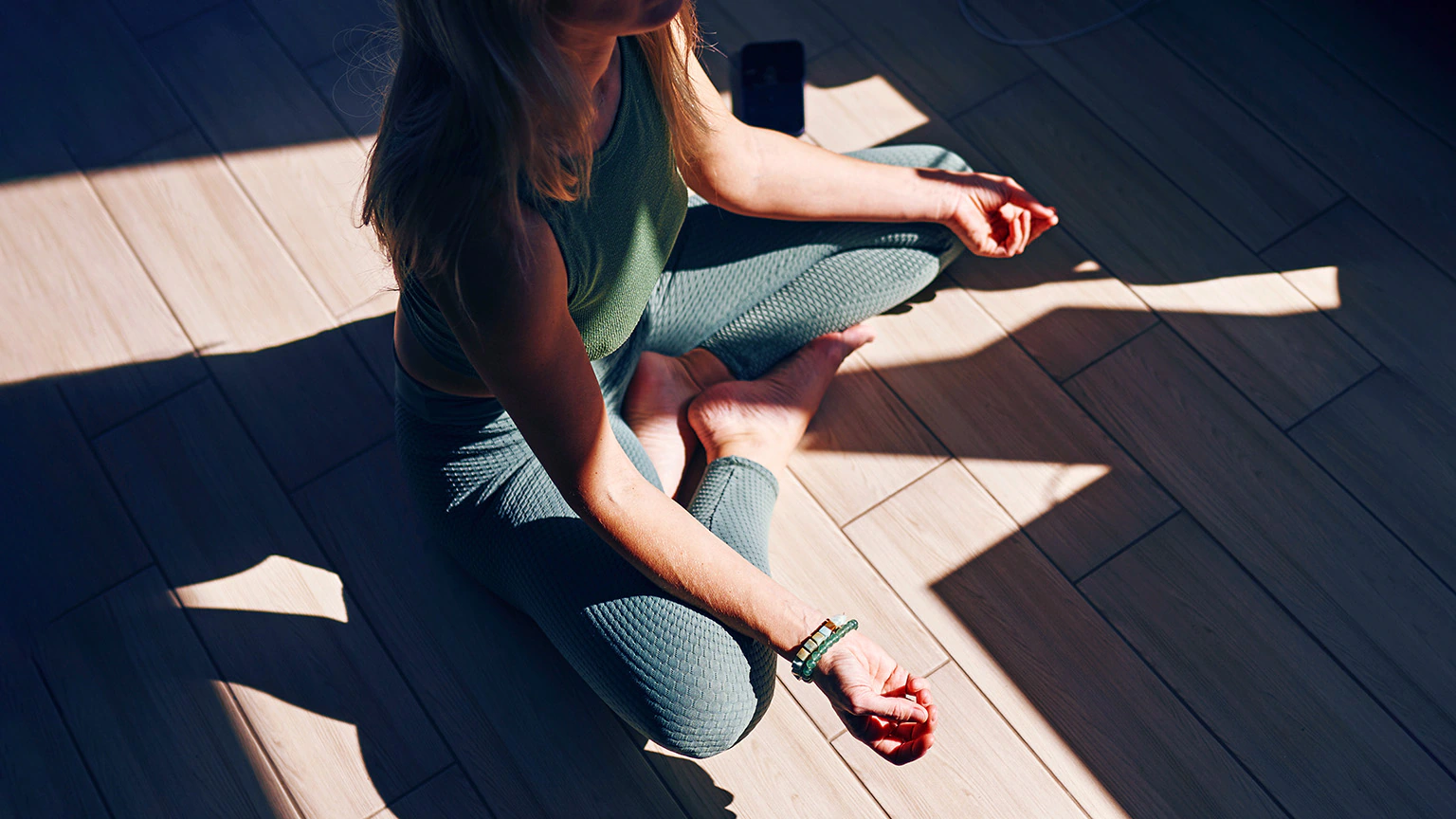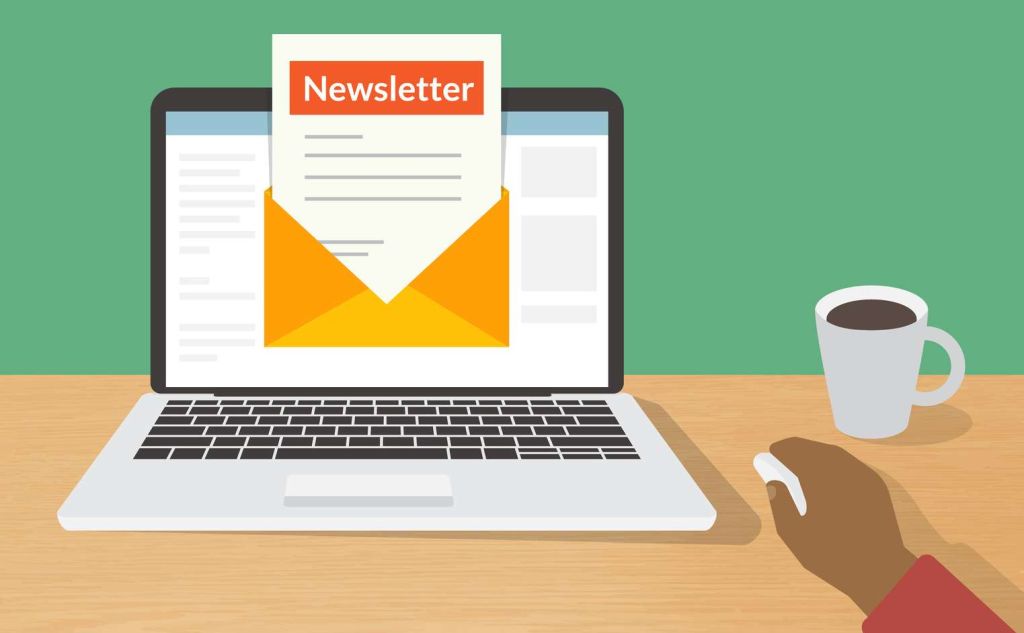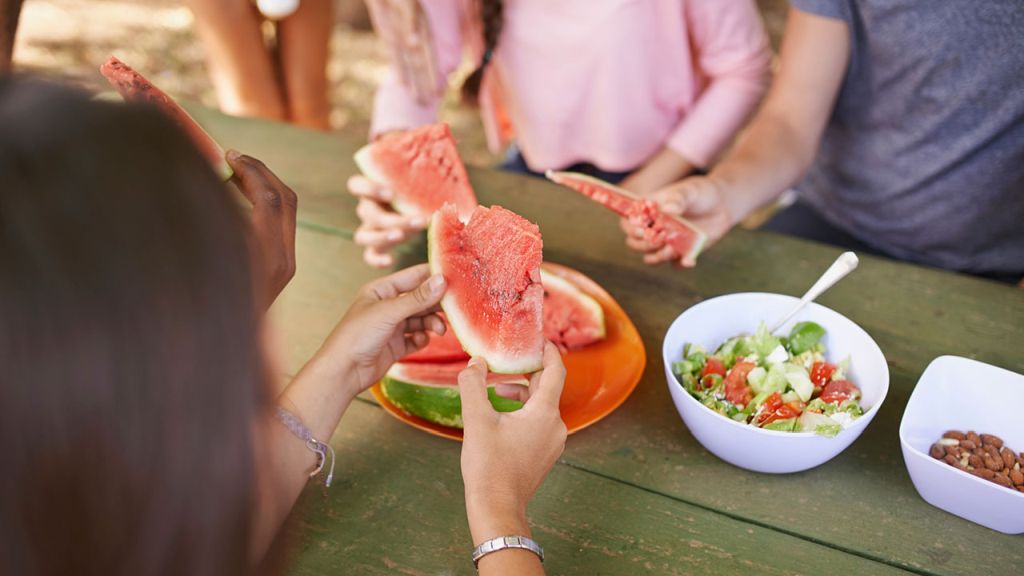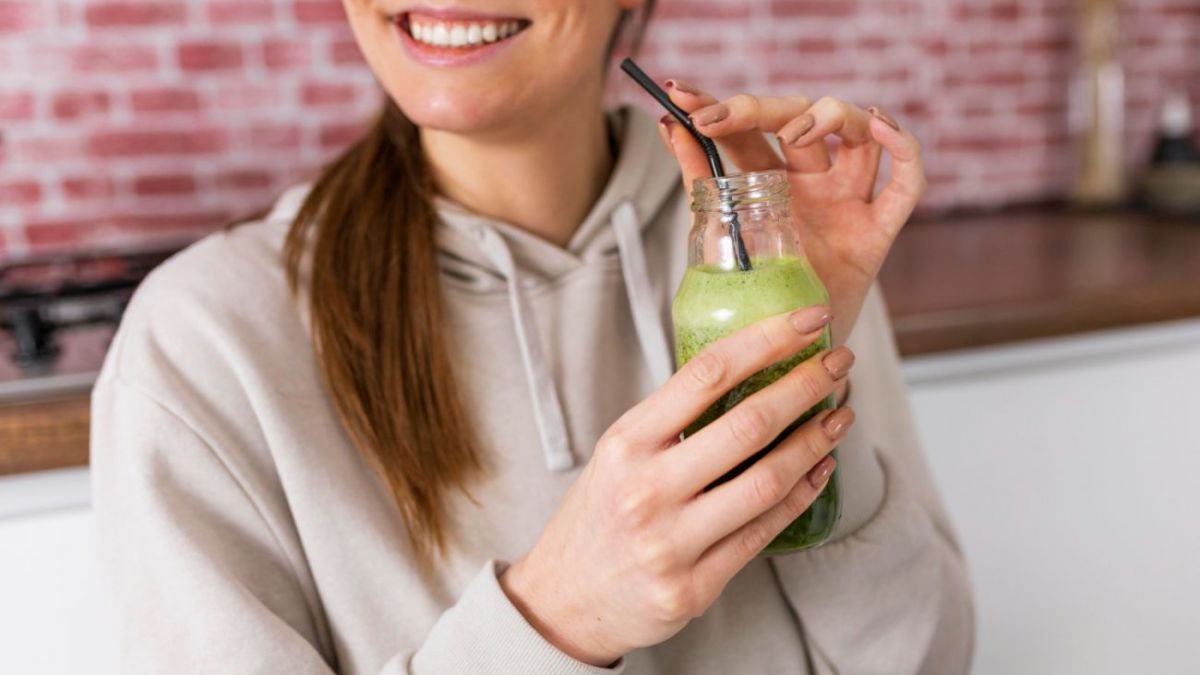Lifestyle
The Art of Slowing Down: Embracing a More Intentional Lifestyle in a Fast-Paced World

We live in a world that moves fast—too fast. From relentless work schedules to non-stop notifications and the pressure to always be “on,” modern life often feels like a race with no finish line. In the quest for productivity and progress, many people have lost sight of something vital: how to simply live well.
In response, a quiet but powerful movement is emerging around the world: the intentional lifestyle. Often referred to as slow living, mindful living, or intentional living, this approach encourages individuals to slow down, simplify, and reconnect with what truly matters.
This article explores what it means to live intentionally, why this lifestyle is gaining popularity, and how you can start incorporating it into your daily life—no matter how busy or chaotic it may seem.
1. What Is Intentional Living?
At its core, intentional living is about making conscious choices. It means living according to your values, rather than passively going through routines or reacting to outside pressures. It’s not about being perfect or achieving more—it’s about aligning your actions with your deeper purpose and priorities.
Key Principles:
-
Mindfulness: Being present in the moment rather than distracted or rushed.
-
Simplicity: Focusing on what’s essential and letting go of clutter—physical, emotional, and digital.
-
Purpose: Living with clarity around what really matters to you personally.
-
Balance: Creating space for rest, relationships, health, and creativity—not just work.
Intentional living doesn’t require moving to the countryside or quitting your job. It’s about learning to say no to what drains you and yes to what energizes you.
2. Why More People Are Embracing This Lifestyle
The rise of intentional living is not an accident—it’s a reaction to the downsides of modern life.
Burnout Culture:
More people are feeling overwhelmed, burned out, and emotionally exhausted. According to a 2024 WHO report, burnout affects nearly 40% of working adults worldwide. The pressure to be constantly productive has created a mental health crisis.
The Social Media Effect:
Social media encourages comparison, distraction, and the constant chase for validation. While it connects us, it often disconnects us from our real-world relationships and sense of self.
The COVID-19 Wake-Up Call:
The global pandemic forced many people to reevaluate their priorities. Time at home, away from commuting and crowded schedules, reminded us of the value of slowness, solitude, and simplicity.
As a result, people are now seeking more meaningful, balanced, and sustainable ways of living.
3. The Benefits of an Intentional Lifestyle
Living more intentionally doesn’t just feel good—it has measurable benefits for mental, emotional, and even physical health.
Reduced Stress:
Slower living promotes calm and reduces the chronic stress that leads to anxiety, high blood pressure, and insomnia.
Improved Mental Clarity:
When you stop multitasking and reduce distractions, your focus and creativity improve.
Better Relationships:
Intentional living prioritizes time with loved ones, deepening your social connections and emotional well-being.
Sustainable Living:
A simpler lifestyle often involves consuming less and reducing waste, which is better for the environment.
Enhanced Life Satisfaction:
Instead of constantly chasing external markers of success (titles, money, followers), you find fulfillment in what genuinely matters to you.
4. How to Begin Living Intentionally

You don’t need a dramatic life change to embrace intentional living. Small shifts in mindset and routine can have a profound effect over time.
1. Clarify Your Values
Ask yourself:
-
What do I value most?
-
What brings me joy, peace, or energy?
-
What am I currently doing that doesn’t align with those values?
Use your answers to guide how you spend your time, money, and attention.
2. Simplify Your Space
Decluttering your home or workspace is a great way to clear mental fog. As Marie Kondo famously advises: keep what sparks joy and let go of what doesn’t.
3. Be Present
Practice mindfulness, even in small ways. Focus on one task at a time. Eat without screens. Listen fully when someone speaks. Go for a walk without your phone.
4. Create Technology Boundaries
-
Set specific times to check email and social media.
-
Turn off non-essential notifications.
-
Use apps that limit screen time or encourage digital detoxes.
5. Prioritize Rest and Reflection
Rest is not laziness—it’s essential. Make time for unstructured rest, hobbies, journaling, or just doing nothing.
5. Intentional Living in Different Areas of Life
A. Work
-
Say no to tasks that aren’t aligned with your goals.
-
Take regular breaks, and use your vacation days fully.
-
Consider whether your career path reflects your core values.
B. Relationships
-
Spend quality time with people who uplift you.
-
Reduce time with relationships that feel draining or one-sided.
-
Practice active listening and presence in conversations.
C. Health
-
Eat whole, nourishing foods mindfully.
-
Move your body in ways you enjoy—not just to meet a goal.
-
Pay attention to sleep, hydration, and mental wellness.
D. Finances
-
Spend mindfully: Ask, “Does this purchase support my values?”
-
Invest in experiences or tools that enhance your life, not just material goods.
-
Track your spending to understand where your energy (money) is going.
6. Challenges of Intentional Living—and How to Overcome Them
This lifestyle sounds ideal—but it’s not always easy in a world that prizes speed and comparison.
Common Challenges:
-
Guilt over slowing down: We’re conditioned to equate busy with valuable.
-
Fear of missing out (FOMO): It’s hard to step away from trends and say no.
-
Social pressure: Friends, family, or co-workers might not understand or support your choices.
Solutions:
-
Remind yourself that rest and simplicity are productive in a different way.
-
Replace FOMO with JOMO—the joy of missing out.
-
Communicate your values clearly to others, and lead by example.
Remember: You’re not rejecting progress—you’re choosing your own pace.
7. Real-Life Examples and Global Movements

The intentional lifestyle is gaining momentum across cultures:
-
The Slow Movement (Italy): Began as a protest against fast food and expanded into slow cities, slow parenting, and slow travel.
-
Digital Minimalism (USA): Popularized by author Cal Newport, it encourages people to rethink their tech habits.
-
Hygge (Denmark): The Danish art of cozy, intentional living—candles, comfort, and connection.
-
Ikigai (Japan): A concept about finding your reason for being and living with balance and purpose.
All these philosophies emphasize the same thing: living deliberately, not just reactively.
Conclusion: A More Meaningful Way to Live
In a culture that glorifies hustle, slowing down can feel like rebellion. But more and more people are realizing that the race for “more” often leaves them feeling empty. Intentional living offers a powerful alternative—one rooted in clarity, simplicity, and meaning.
You don’t need to quit your job, move to the mountains, or throw away your phone. You just need to begin making small, conscious choices—each day—to align your actions with your values.
In doing so, you may discover that the life you were rushing toward was already within reach all along.
Lifestyle
The Modern Lifestyle Reset: How People Are Redefining Balance, Purpose, and Everyday Living

In a world that moves faster than ever, the concept of “lifestyle” has transformed from simple daily routines to a conscious, intentional approach to living. The modern lifestyle movement emphasizes balance, well-being, self-expression, and purpose—driven by a collective desire to live more meaningfully rather than merely exist. From wellness practices to sustainable habits, from digital detoxes to redefining success, people today are reevaluating what truly matters.
This article explores the major shifts shaping contemporary lifestyle choices and how individuals can navigate them to build a healthier, more fulfilled life.
1. The Rise of Intentional Living
Over the last decade, intentional living has evolved from a niche concept to a global movement. This approach encourages individuals to align their daily actions with their personal values, long-term goals, and emotional needs.
Living With Purpose
For many, intentional living means asking deeper questions:
-
What do I want my life to feel like?
-
What habits truly support my well-being?
-
Am I living for myself or for the expectations of others?
The search for purpose has pushed people toward careers, hobbies, relationships, and environments that reflect their authentic selves. Whether pursuing creative work, moving to quieter places, or engaging in meaningful activities, the goal is to build a life that feels fulfilling rather than simply productive.
A Shift from Accumulation to Experience
Modern lifestyles prioritize experiences over possessions. People increasingly value:
-
Travel
-
Learning
-
Personal growth
-
Quality time with loved ones
-
Unique, one-of-a-kind moments
Experiences create memories that enrich life, while material possessions often lose value quickly. This shift has contributed to the rise of minimalism and mindful consumption.
2. Wellness as a Lifestyle Cornerstone
Wellness has become central to how people define their lifestyles. It is no longer limited to physical health; instead, it is a holistic approach that includes mental, emotional, and spiritual well-being.
Mental Health Takes Center Stage
Modern lifestyle discussions frequently focus on stress, burnout, anxiety, and emotional balance. People now recognize the importance of:
-
Setting boundaries
-
Seeking therapy
-
Practicing mindfulness or meditation
-
Building healthy relationships
-
Prioritizing rest
The stigma surrounding mental health is decreasing, allowing individuals to seek help and openly discuss their struggles.

Physical Wellness Reimagined
Traditional gym workouts have been joined by:
-
Yoga and pilates
-
Outdoor activities
-
Functional fitness
-
Dance-based exercise
-
Wellness-focused sports like paddleboarding and hiking
Nutrition has also expanded beyond calorie counting. Instead, people focus on whole foods, gut health, plant-based diets, and personalized nutrition plans.
Spiritual and Emotional Well-Being
More people are exploring spirituality, not necessarily linked to religion, to add depth and grounding to their lives. Practices such as journaling, breathwork, gratitude routines, and energy healing are becoming mainstream.
3. Digital Balance in an Overconnected World
The digital world has brought incredible convenience, but it has also introduced distractions, stress, and overstimulation. As a result, achieving a healthy relationship with technology is now part of a modern lifestyle.
The Need for Digital Detox
Constant connectivity leaves little room for rest. Many people now adopt:
-
“Screen-free Sundays”
-
Social media breaks
-
Phone-free mornings or evenings
-
Notifications management
-
Digital minimalism
These practices help reduce anxiety and increase productivity, focus, and real-life engagement.
Mindful Social Media Use
Rather than abandoning platforms entirely, many users seek healthier patterns:
-
Following positive, inspiring accounts
-
Avoiding comparison-driven content
-
Limiting doomscrolling
-
Engaging in communities that reflect personal interests
Digital well-being tools—such as screen-time trackers—support this balanced approach.
4. The Sustainability Lifestyle Shift
Sustainable living has become more than an environmental trend—it’s a lifestyle statement. Individuals increasingly want their choices to reflect respect for the planet and future generations.
Eco-Friendly Habits on the Rise
People are adopting:
-
Reusable household items
-
Low-waste shopping
-
Buying local products
-
Energy-efficient practices
-
Eco-friendly fashion choices
Sustainability is not about perfection but about progress. Even small shifts, when adopted widely, contribute to meaningful change.
Conscious Consumerism
More consumers are choosing brands that:
-
Support ethical labor
-
Use sustainable materials
-
Promote transparency
-
Offer longevity instead of fast, disposable goods
This mindset encourages a cleaner, more thoughtful lifestyle.
5. Reimagining Work-Life Balance
Remote work, hybrid workplaces, and flexible schedules have changed how people view their careers and daily routines.
A New Definition of Success
Success is no longer measured purely by income or job title. Instead, people value:
-
Time freedom
-
Work satisfaction
-
Work–life harmony
-
Mental wellness
-
Growth and learning
This has led many to change careers, pursue freelancing, or seek roles that align better with their personal values.
Building Healthier Daily Routines
A balanced lifestyle now includes:
-
Regular breaks
-
Time outdoors
-
Structured daily habits
-
Dedicated downtime
-
Creative outlets
The shift toward well-being-centered productivity highlights that a healthier lifestyle often leads to better performance—not the other way around.
6. The Home as a Wellness Sanctuary
As people spend more time at home, their living spaces have become vital to their lifestyle choices.
Designing for Comfort and Calm
Interior design now emphasizes:
-
Natural light
-
Minimal clutter
-
Soft, calming colors
-
Plants for air quality and mood
-
Multi-functional spaces
Home environments are curated not just for aesthetics but for mental clarity and emotional comfort.
The Rise of Home Hobbies
Cooking, gardening, crafting, reading, and DIY projects have surged in popularity. These activities provide relaxation, creativity, and personal satisfaction—qualities often missing from fast-paced lifestyles.
7. Human Connection and Community Matter More Than Ever
After years of digital interactions and physical distance, people now place greater value on real relationships, community building, and shared experiences.
Quality Over Quantity
Meaningful friendships, supportive family relationships, and authentic social circles have become essential components of a fulfilling lifestyle.
Community Engagement
People increasingly join:
-
Local clubs
-
Volunteer groups
-
Fitness communities
-
Cultural gatherings
Connection fosters belonging—one of the strongest predictors of happiness.

Conclusion: A Lifestyle Built on Balance and Purpose
Today’s lifestyle trends reflect a powerful cultural shift toward balance, wellness, sustainability, meaningful relationships, and personal growth. People are moving away from mindless routines and toward intentional living—valuing quality over quantity, purpose over pressure, and well-being over constant productivity.
The modern lifestyle isn’t about perfection but about creating habits and environments that support happiness, health, and authenticity. As society continues to evolve, one thing is clear: the future of lifestyle is human-centered, mindful, and deeply connected to what truly brings joy.
Lifestyle
Modern Lifestyle Trends: Balancing Wellness, Technology, and Purpose

In today’s fast-paced world, lifestyle choices have become a central focus for individuals seeking balance, fulfillment, and well-being. From the way we work and socialize to how we eat, exercise, and unwind, lifestyle trends reflect broader societal shifts influenced by technology, health awareness, and changing cultural values. People no longer view lifestyle as just a set of habits—they see it as a holistic approach to living better, smarter, and more intentionally.
This article explores the key aspects of modern lifestyle, highlighting trends in wellness, technology, sustainability, social interaction, and personal development, while offering insights into how people can cultivate a balanced and meaningful life.
Wellness as a Lifestyle Foundation
Wellness has moved beyond the realm of fitness enthusiasts or health fanatics. It is now recognized as a core pillar of a fulfilling lifestyle.
-
Physical Health: Regular exercise, balanced nutrition, and adequate sleep are central to wellness. Activities like yoga, Pilates, functional training, and outdoor sports are increasingly popular as people seek sustainable ways to stay fit.
-
Mental Health: Mindfulness, meditation, and stress-management practices are gaining attention. Apps that guide meditation, track mood, or promote mental resilience are becoming integral to modern wellness routines.
-
Preventive Healthcare: Routine medical check-ups, wearable health trackers, and early detection programs empower individuals to take control of their health, preventing illness before it becomes serious.
Wellness-oriented lifestyles encourage a proactive approach, where prevention, self-care, and balance are prioritized over reactive measures.
The Role of Technology in Modern Living
Technology has reshaped every aspect of daily life, influencing how we work, communicate, and spend leisure time.
-
Smart Homes and Automation: Devices such as smart thermostats, lighting systems, and voice assistants simplify daily routines, enhance convenience, and improve energy efficiency.
-
Fitness and Health Tech: Wearables, fitness trackers, and health apps allow people to monitor activity levels, sleep quality, heart rate, and nutrition. This data-driven approach enables more informed lifestyle decisions.
-
Digital Entertainment: Streaming services, social media, and gaming platforms offer endless ways to relax, learn, and socialize, though moderation is key to prevent digital burnout.
While technology enhances convenience, connection, and entertainment, modern lifestyles emphasize finding a healthy balance between screen time and real-world experiences.

Sustainable Living and Conscious Consumption
Sustainability has become a defining factor in lifestyle choices. Consumers are increasingly aware of their environmental footprint and seek ways to live responsibly.
-
Eco-Friendly Products: From reusable packaging and biodegradable materials to ethically sourced clothing, people are integrating sustainability into their daily choices.
-
Minimalism: Simplifying possessions and focusing on quality over quantity helps reduce waste and create a more intentional living space.
-
Green Transportation: Cycling, walking, public transportation, and electric vehicles are being embraced to minimize carbon emissions and promote healthier lifestyles.
Sustainable living not only benefits the planet but also fosters mindfulness, discipline, and a deeper sense of purpose.
Nutrition and Culinary Trends
Eating habits are a crucial aspect of lifestyle. Modern trends emphasize health, sustainability, and culinary exploration.
-
Plant-Based Diets: Vegetarian, vegan, and flexitarian diets are on the rise, fueled by health concerns, environmental awareness, and ethical considerations.
-
Functional Foods: Superfoods, probiotics, and nutrient-rich diets focus on boosting immunity, digestion, and overall well-being.
-
Mindful Eating: Paying attention to food choices, portion sizes, and eating habits is becoming a key part of wellness routines.
Food is no longer just fuel—it is a reflection of personal values, cultural identity, and lifestyle priorities.
Work-Life Integration
Modern lifestyles increasingly prioritize flexibility and purpose, rather than simply earning a paycheck.
-
Remote and Hybrid Work: Flexible work arrangements allow people to balance professional responsibilities with personal interests, family time, and wellness practices.
-
Side Hustles and Creative Pursuits: Many individuals pursue multiple streams of income or hobbies that align with personal passions, contributing to financial security and fulfillment.
-
Time Management: Tools, apps, and routines that optimize productivity are essential to maintain balance and prevent burnout.
A lifestyle that integrates work and personal life effectively fosters satisfaction, reduces stress, and promotes long-term well-being.
Travel, Experiences, and Social Connection
Experiences are increasingly valued over material possessions, influencing how people spend their free time.
-
Experiential Travel: Cultural immersion, adventure tourism, and wellness retreats are preferred over conventional sightseeing. People seek meaningful travel that enriches their perspectives and personal growth.
-
Social Connectivity: Maintaining friendships, networking, and community engagement are vital for mental and emotional health. Social media helps maintain connections but should complement, not replace, face-to-face interactions.
-
Hobbies and Recreation: Activities such as art, music, gardening, and volunteering provide creative outlets and foster a sense of purpose.
Lifestyle choices today emphasize cultivating memories, relationships, and personal growth rather than accumulating material goods.
Financial Wellness as a Lifestyle Component
Financial stability is a critical aspect of modern living, influencing stress levels, life decisions, and overall well-being.
-
Budgeting and Saving: Awareness of income, expenses, and investments ensures long-term security and peace of mind.
-
Investing and Wealth Management: People are increasingly exploring diversified investments, retirement planning, and financial literacy to secure their future.
-
Mindful Spending: Conscious decisions about purchases and consumption reduce financial stress while aligning spending with personal values.
Financial wellness is integral to a holistic lifestyle, providing the freedom to pursue personal goals and meaningful experiences.
Mindset and Personal Development
A modern lifestyle emphasizes continuous growth and self-awareness.
-
Lifelong Learning: Online courses, workshops, and reading help individuals acquire new skills, stay relevant, and satisfy curiosity.
-
Mindset Practices: Gratitude, reflection, and positive thinking are incorporated into daily routines to enhance mental resilience and satisfaction.
-
Goal-Oriented Living: Setting clear personal and professional goals fosters motivation, purpose, and intentional decision-making.
Personal development is central to lifestyle design, ensuring that individuals grow alongside their changing circumstances and priorities.
Challenges in Maintaining a Balanced Lifestyle
Despite the availability of resources and information, maintaining a balanced lifestyle can be challenging:
-
Information Overload: The constant influx of advice, trends, and recommendations can lead to confusion or anxiety.
-
Digital Distractions: Overuse of technology can reduce mindfulness, sleep quality, and real-world social interactions.
-
Time Constraints: Busy work schedules and family responsibilities make it difficult to prioritize wellness, hobbies, and self-care consistently.
Awareness of these challenges is the first step toward designing strategies that support balance, health, and long-term satisfaction.

Conclusion
Modern lifestyles are about more than habits—they are holistic systems that integrate wellness, technology, sustainability, social connection, and personal growth. Individuals today strive to live intentionally, balancing physical health, mental well-being, financial security, and meaningful experiences.
While challenges such as digital distraction, information overload, and societal pressures exist, adopting mindful practices, leveraging technology responsibly, and focusing on wellness can foster a balanced and fulfilling lifestyle. Ultimately, the goal of modern living is not perfection—it is cultivating purpose, joy, and resilience in a complex and ever-changing world.
Lifestyle
The Art of Slow Living: Finding Balance in a Fast-Paced World

In today’s always-on society, where every second is filled with notifications, deadlines, and digital noise, the idea of slowing down can seem almost radical. Yet, as stress levels rise and burnout becomes more common, more people are turning toward the slow living movement — a lifestyle philosophy that values mindfulness, intentionality, and simplicity over speed and excess.
Slow living isn’t about doing everything at a snail’s pace; it’s about doing what matters most, with purpose. It’s a way to reclaim time, find peace in everyday moments, and rediscover joy in the ordinary.
What Is Slow Living?
At its core, slow living is the practice of living with intention rather than urgency. It’s about being fully present in each moment and making conscious choices that align with your values. Whether it’s the food you eat, the work you do, or the relationships you nurture, slow living encourages a deliberate, meaningful approach.
The concept originated from the “slow food” movement in Italy during the 1980s, which was a response to the rise of fast food and its impact on culture and health. Since then, the philosophy has evolved to encompass all aspects of life — from travel and fashion to parenting and technology use.
The slow living lifestyle promotes quality over quantity, depth over distraction, and connection over consumption. It’s not anti-productivity; it’s pro-purpose.
Why Fast Living Is Taking a Toll
The modern world celebrates hustle. We glorify busyness as a badge of honor and measure success by how much we can accomplish in a day. But this constant pressure to “do more” has significant consequences for our mental and physical well-being.
Studies show that chronic stress contributes to anxiety, depression, insomnia, and even cardiovascular disease. Our constant exposure to screens and digital content leaves us overstimulated and exhausted. The result is a society that’s moving faster but feeling emptier.
Fast living often disconnects us from ourselves and our surroundings. We eat quickly, work relentlessly, and scroll endlessly, leaving little room for reflection or rest. Slow living offers an antidote — a chance to pause, breathe, and realign our lives with what truly matters.

The Principles of Slow Living
-
Intentionality – Every choice, from how you spend your time to what you buy, is made with purpose. You focus on what adds genuine value rather than what’s merely convenient.
-
Mindfulness – Being present in the moment, appreciating small details, and cultivating gratitude for simple joys.
-
Simplicity – Reducing clutter — both physical and mental — to create space for calm and clarity.
-
Connection – Prioritizing meaningful relationships over superficial interactions.
-
Sustainability – Making eco-conscious choices that respect nature and future generations.
-
Balance – Recognizing that rest, leisure, and self-care are essential components of a fulfilling life.
How to Embrace Slow Living in Daily Life
You don’t need to move to the countryside or give up technology to live slowly. Small, intentional changes can make a huge difference.
1. Start Your Day Without Rush
Instead of grabbing your phone the moment you wake up, take a few minutes for quiet reflection. Stretch, meditate, or enjoy a slow cup of coffee. Beginning your morning calmly sets a positive tone for the rest of the day.
2. Simplify Your Schedule
Look at your calendar and ask yourself: do I really need to do all of this? Learn to say no to commitments that don’t align with your values. Focus on fewer things, done better. A lighter schedule allows for spontaneity and rest.
3. Practice Mindful Eating
Slow down your meals. Pay attention to flavors, textures, and the act of nourishment. Cooking at home with fresh ingredients and enjoying food without distractions can improve digestion, enhance satisfaction, and foster gratitude.
4. Create Technology Boundaries
Digital overload is one of the biggest barriers to slow living. Set aside screen-free times each day, such as during meals or before bed. Try a digital detox on weekends or designate “no-phone zones” in your home.
5. Reconnect With Nature
Spending time outdoors reduces stress and restores mental balance. Go for a walk in the park, garden, or simply sit under a tree. The slower rhythm of nature reminds us that life doesn’t have to be rushed to be meaningful.
6. Prioritize Relationships
Slow living emphasizes real human connection. Instead of quick texts, call or meet someone face-to-face. Share unhurried conversations. Deep relationships are the cornerstone of emotional well-being.
7. Declutter Your Space
A cluttered environment often mirrors a cluttered mind. Simplifying your home helps you focus on what truly matters. Keep only items that serve a purpose or bring you joy — a principle made famous by the minimalist lifestyle.
8. Practice Gratitude Daily
Take a few minutes each evening to reflect on things you’re grateful for. This simple ritual trains your mind to focus on abundance rather than lack, creating a sense of calm and contentment.
The Role of Self-Care in Slow Living
Self-care isn’t indulgence — it’s maintenance for the mind and soul. In a slow living lifestyle, self-care is about nurturing balance and respecting your limits. That might mean getting enough sleep, taking a walk, journaling, or spending an afternoon reading instead of scrolling through social media.
By prioritizing rest and self-awareness, you cultivate resilience and clarity — qualities that help you navigate modern life with greater ease.
Slow Living and Sustainability
An often-overlooked aspect of slow living is its connection to environmental sustainability. When we slow down, we consume less. We buy fewer but higher-quality items, reduce waste, and make more conscious choices about what we bring into our lives.
Choosing locally made products, cooking seasonal food, or wearing ethically produced clothing are all forms of slow living that also benefit the planet. In essence, slowing down is not only good for our minds but for the world we live in.
The Mental Health Benefits
Slow living has a profound effect on mental health. It encourages people to disconnect from stressors, live in the present, and cultivate gratitude. This mindful approach reduces anxiety, boosts creativity, and enhances emotional well-being.
People who embrace slow living often report a deeper sense of fulfillment. They may accomplish less in quantity, but far more in quality — living with purpose instead of pressure.
Challenges of Adopting a Slower Life
Transitioning to a slower pace can be challenging in a society that equates speed with success. You might fear missing opportunities or disappointing others. However, slow living isn’t about rejecting ambition — it’s about redefining success in a way that honors both achievement and well-being.
Patience is key. Like any lifestyle shift, slow living is a process of gradual adjustment, self-awareness, and practice.

Conclusion: Redefining the Rhythm of Life
In a world that never stops moving, choosing to slow down is a radical act of self-care and consciousness. Slow living invites us to savor the beauty of ordinary moments — a walk at sunset, a shared meal, or a quiet morning with a book.
It reminds us that life’s richness isn’t found in constant motion but in mindful presence. By embracing the art of slow living, we give ourselves the chance to live not just longer, but deeper — to find balance, authenticity, and peace in an otherwise chaotic world.
-

 Business2 years ago
Business2 years agoMaximizing ROI: Effective Newsletter Strategies for Your Business
-

 Business1 year ago
Business1 year agoHow to Create a Sustainable and Eco-Friendly Home
-

 Mental Health1 year ago
Mental Health1 year agoHow Hobbies Can Transform Your Mental Health
-

 Fitness1 year ago
Fitness1 year agoHealthy Eating Habits for a Busy Lifestyle
-

 Fitness10 months ago
Fitness10 months agoEffective Methods to Speed Up Wound Recovery
-

 Business2 years ago
Business2 years agoHow to Organize a Successful Workshop: A Step-by-Step Guide
-

 Fitness1 year ago
Fitness1 year agoAdapting Your Training Sessions for Different Fitness Goals
-

 Fitness1 year ago
Fitness1 year ago4 Postworkout Drinks to Help You Refuel











